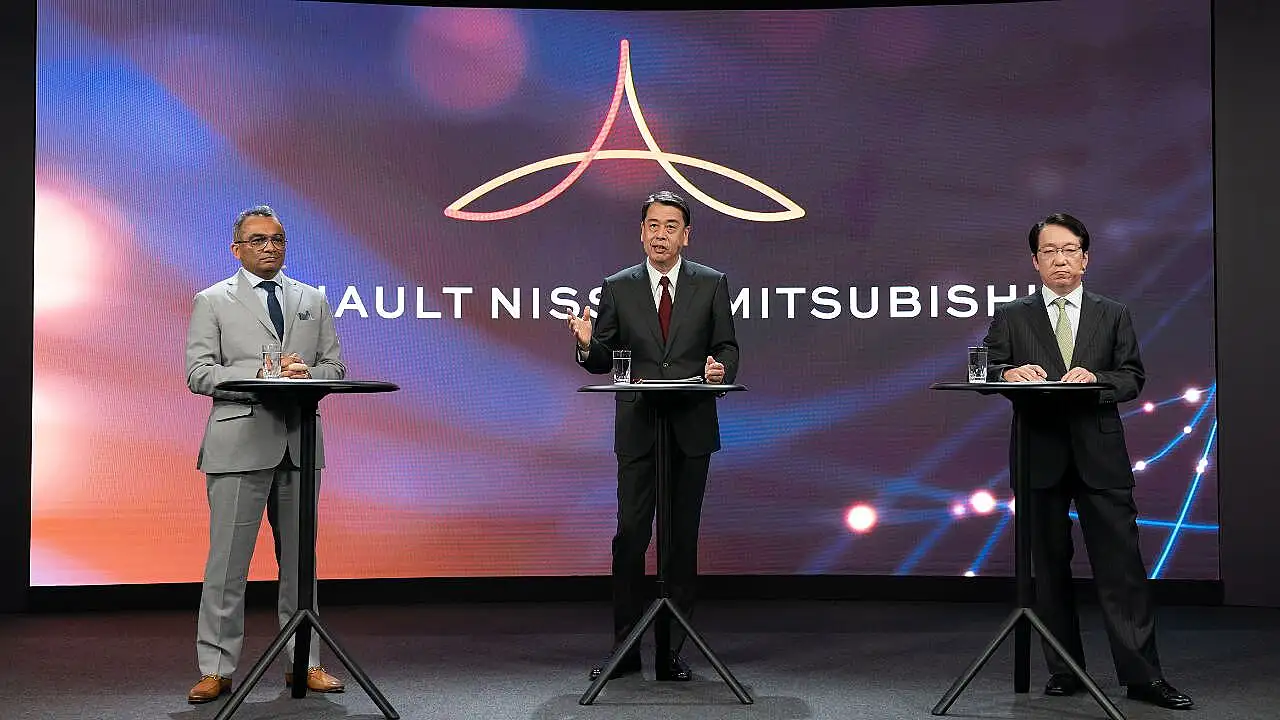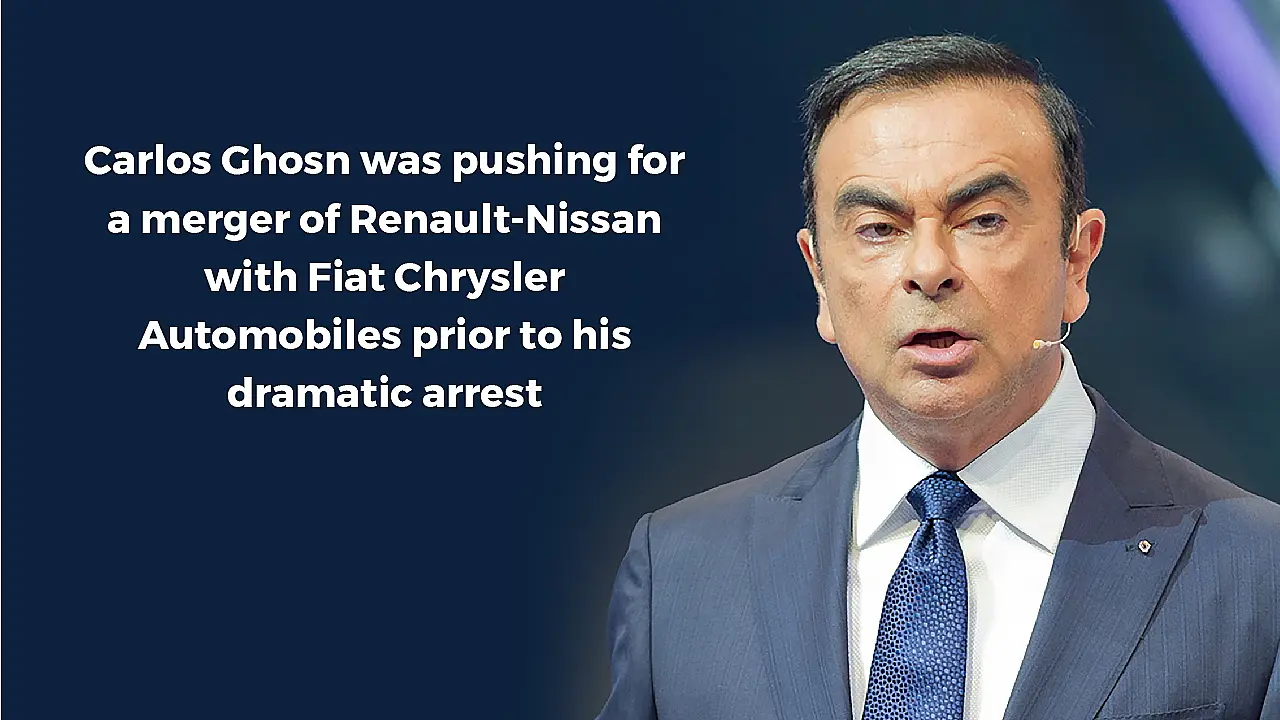
It is now a little over a fortnight since Renault and Nissan made it known that they were “engaged in trustful discussions around several initiatives” as part of continued efforts to reinforce the cooperation and the future of the alliance.
These include: a) an agreement on a set of strategic common initiatives across markets, products, and technologies; and b) Nissan's consideration to invest in the new Renault EV entity which will support the French company’s Renaulution strategy and be one of the strategic steps towards Nissan Ambition 2030.
Since then, speculation has been rife on what could possibly emerge from these talks even while Renault is reportedly in talks with Geely Automobile of China to take a controlling stake in its internal combustion engine business. The new entity for electric will have Nissan and Mitsubishi, which are part of the global alliance with Renault, on board if the ongoing talks go off smoothly.
What is quite clear is that Nissan will seek a more level playing field which it has been denied for over two decades now since the time its French ally entered the picture. It was Carlos Ghosn who spearheaded the revival of Nissan when it was struggling to stay afloat way back in 1999 and Renault threw a lifeline then.
In a recent interview with Kyodo News, Hiroto Saikawa, former President of Nissan, said the partners need to build a more equal relationship. “It’s ideal to have a partnership where they can decide flexibly whether to share core technologies such as autonomous driving and electrification,” he has been quoted saying.
According to Saikawa, Nissan “should make better use of the alliance for the future” by continuing cooperation in a flexible manner, although the two companies “should not share automobile designs as their product portfolios and priorities differ”.
Script Goes Awry
Renault now has 43% in Nissan with the latter holding 15% in return and it is this uneven balance that has been a source of huge angst to the Japanese automaker. It was Ghosn who, in his capacity as Chairman, was holding the alliance together which just became bigger when Mitsubishi came onboard in 2016.

His shock arrest in November 2018 threw the carefully planned script out of gear as Renault and Nissan struggled to rebuild the partnership which had been so carefully nurtured over the years. This was truly a difficult period with key people quitting and new leadership structures formed as the allies pulled out all the stops to keep their house in order.
It was during this trying phase that Fiat Chrysler Automobiles (FCA) reached out to Renault with a merger offer but the French government which holds 15% made it known that the top priority was to rebuild the alliance with Nissan. FCA withdrew the offer in barely 10 days and quickly reached out to Groupe PSA which wasted little time in kicking off discussions and paved the way for the creation of Stellantis.
Meanwhile, Carlos Ghosn made his dramatic escape from Japan while 2019 was drawing to a close and resurfaced in his native Beirut where he continues to be a fugitive. In early January 2020, he held a press conference and made known that he had initiated talks with FCA before his dramatic arrest in Tokyo.
Opportunity Missed
Ghosn was quite categorical that this was an opportunity missed for Renault-Nissan in terms of reaching the big league globally. Today, the former Chairman is leading a low profile life in Lebanon where he continues to reside since his escape from Japan nearly three years ago. It has been a dramatic fall from his heady days when he was the virtual monarch of the global automobile arena.
For all the accusations levelled against Ghosn, it was he who kept the alliance together given the way everything imploded once he was out of the picture. Ironically, one of the reasons constantly cited for his arrest was his keenness on pushing for a Renault-Nissan merger which was unpalFatable to the latter. The official reason quoted was financial fraud but auto industry observers insist that the merger was the actual reason for Ghosn’s arrest.
Today, things are a lot better for sure between the partners but Nissan will now demand a more equal relationship which could see Renault’s stake down to 15% from the existing 43%. The French government will then cease to be a shareholder while Mitsubishi will have a marginal stake in this entity.
There was a lot of bad blood between Renault and Nissan in the days and weeks following Ghosn’s arrest but the present leadership is clearly keen on putting all this behind and moving ahead. Brands like Datsun which were making no money have been junked and with it Ghosn’s legacy has also been given a quiet burial.
Automakers have bigger challenges like electrification ahead and it is imperative for the Renault-Nissan alliance to stay together and cope with the new order. Two heads are always better than one which explains why partnerships are now the name of the game be it Toyota-Suzuki, Toyota-Mazda, Skoda-Volkswagen (for emerging markets like India), Stellantis (PSA-FCA) and so on.
Electrification Roadmap
In January this year, Renault-Nissan (and Mitsubishi) unveiled an electrification roadmap which would see substantial investments in the next five years on electrification, leading to 35 new EV models by 2030. Of these, 90% would be based on five common EV platforms, covering most markets, in all major regions.
Renault-Nissan was always touted as a success story in sharp contrast to the disastrous merger of Daimler and Chrysler which also happened around the same time in the late-1990s. The two companies will doubtless be aware that they need to stick together even more closely now even while ensuring that Nissan gets its rightful place in the sun.
In the Indian context, the allies have a sprawling manufacturing facility in Chennai whose capacity is still not being optimally used. When this business model was originally planned, Mahindra & Mahindra was part of the plan but it subsequently dropped out.
Renault-Nissan went on to commission the facility and it can be argued that the former has had a greater success rate with products such as Duster, Kwid, Triber and Kiger. Nissan, in contrast, has had an erratic track record and hit the bull’s-eye only recently with the Magnite.
At a recent press meeting in Delhi, its leadership team reiterated that the company would now play the SUV game aggressively in India. The more immediate challenge, however, is to ramp up volumes at the Chennai facility and it is here that the partners have their work cut out.
Also Read:
Nissan To Test Three Global Hybrid Models In India
Renault Nissan Automotive India Appoints Keerthi Prakash As MD